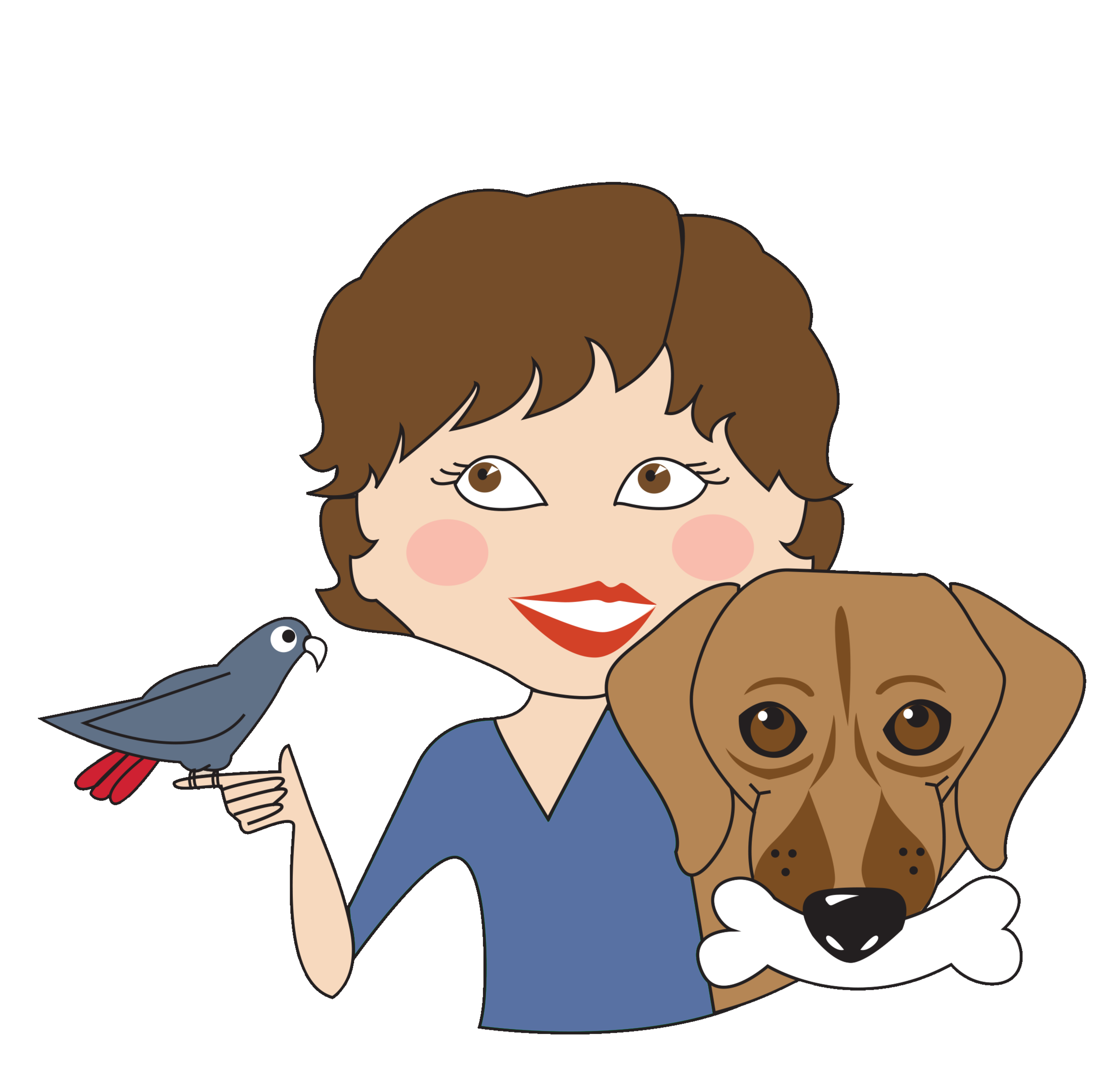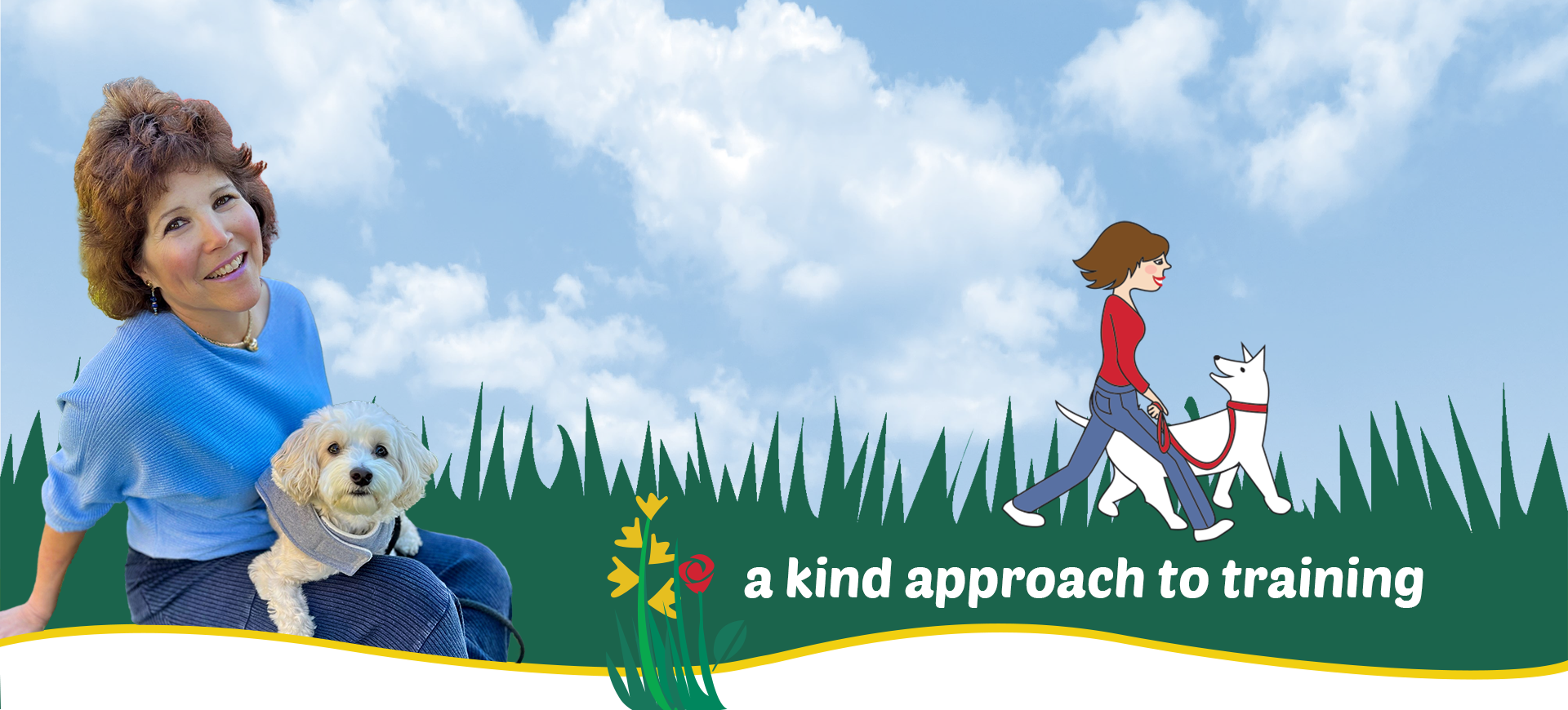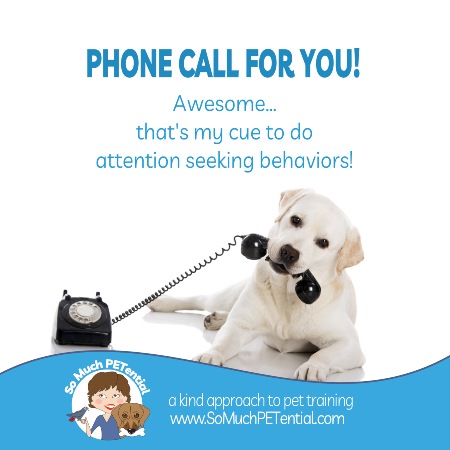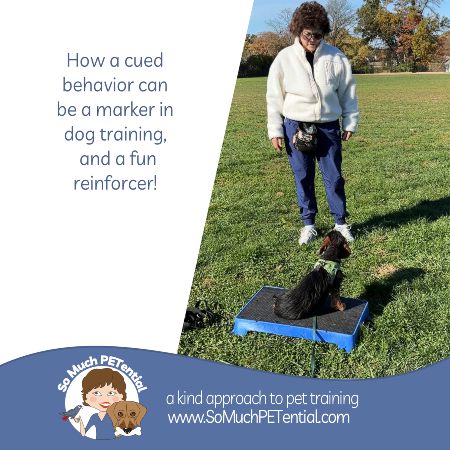If you have been around me long enough, you have more than likely heard me talk about using clickers, verbal markers like ‘YES’, treats, toys and games in dog training. When used to strengthen behaviors we want to see, by definition those are all reinforcers because a reinforcer is a consequence that increases the rate of behavior.
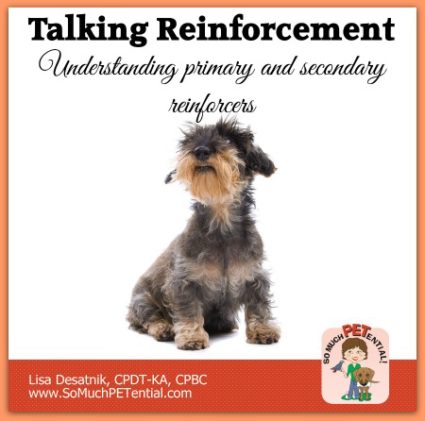 But, do you know the difference between secondary (also known as conditioned) and primary (also known as unconditioned) reinforcers?
But, do you know the difference between secondary (also known as conditioned) and primary (also known as unconditioned) reinforcers?
Understanding Reinforcers
A primary reinforcer is something that automatically causes an animal to increase the rate of behavior. Its value does not need to be learned and is not dependent on other reinforcers. Food, water, sleep, and sex are examples because they fulfill biological needs for survival. When you are giving your dog a piece of food to increase the frequency of a behavior, you are using a primary reinforcer.
A secondary reinforcer is something that acquires its value after repeated associations with primary reinforcers. The word ‘YES’ or sound of a click are both secondary reinforcers. When presented to a learner without any prior history of hearing them, those sounds do not have meaning. They come to elicit an accelerated heart rate, alertness, salivation or other response after repetitions of those sounds coming just before the presentation of other valued stimulus.
It’s important to understand that timing matters. The less time there is between two stimulus, or a behavior and a consequence, the quicker and easier it is for the learner to build a relationship between those two. In other words, after you click or say YES, that treat should be delivered quickly afterwards.
Okay, so another logical question to ask then is if those secondary reinforcers can eventually be used without being paired with another reinforcer. The answer is yes…at least some of the time. If you stop pairing a secondary reinforcer with another reinforcer all together, eventually it may come to lose value.
But here is the awesome thing. You can (and should) continually create new reinforcers by pairing different valued stimulus together. The more variety you have to choose from in reinforcers, the more fun and enriching you make the lesson for your student. I wrote about how to create new reinforcers here.
Can I be of further help to you and your pet? Please be in touch!
